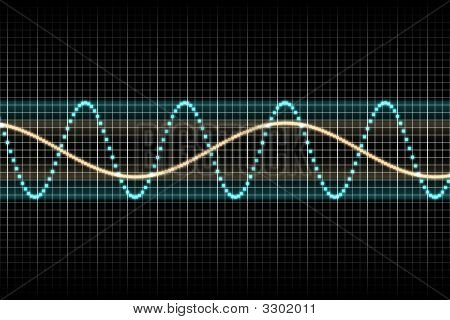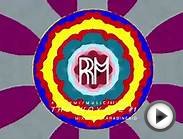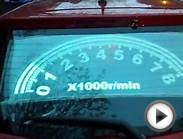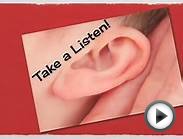
Sound
Wherever you are right now, there are probably sounds in the air. You may not notice them, but if you listen closely, you will probably hear many things: sounds created by a car driving down the street, a dog barking, a bird chirping, footsteps in a hallway, the squeak of your chair, people talking, the wind blowing through the trees. The list can go on forever.
What is music?
What makes these sounds different from music? What is music? We all know what music is when we hear it, but how do we define it? Everyone has their own personal understanding of music, but to put it in the simplest possible terms:
Music is the creative organization of sound.
The beginning of that organization is rhythm. Rhythm is the arrangement of sounds as they move through time. You can take any of the sounds listed above and arrange them rhythmically to create music. The term rhythm is also used to describe a specific pattern of sounds. In a very simple form, music can be created by clapping your hands to a specific rhythm. There are several terms related to rhythm which help us to better understand music. If you read through this introduction and play and practice the patterns in the lessons of The Fundamentals of Rhythm, you will have a much deeper understanding of rhythm.
Source: www.rhythm-in-music.com

|
Basics in Rhythm (Meredith Music Series) Book (Meredith Music)
|
You might also like:




|
Rhythmic Training (Instructional) Book (Hal Leonard)
|




|
Music Rhythm Game Mobile Application (Quikthinking Software)
|

|
The Rhythm Bible (Book & CD) Book (Alfred Music)
|

|
101 Music Games for Children: Fun and Learning with Rhythm and Song (SmartFun Activity Books) Book (Hunter House)
|


















 Rhythm and blues, often abbreviated to R and RnB, is a genre of popular African-American music that originated in the 1940s. The term was originally used by record companies to describe recordings marketed predominantly to urban African Americans, at a time when...
Rhythm and blues, often abbreviated to R and RnB, is a genre of popular African-American music that originated in the 1940s. The term was originally used by record companies to describe recordings marketed predominantly to urban African Americans, at a time when...
Rhythm is defined as the measured movement of similar tone groups, or, the effect produced by systematic grouping of tones with reference to a regularity both in accentuation and in their succession as equal or unequal time value. Thus, a rhythm is a tone group serving as a pattern for succeeding identical groups.
Count rhythms for trumpet the same as any instrument. The time signature tells how many beats per measure and note values.
rhythm: the basic rhythmic unit in a piece...